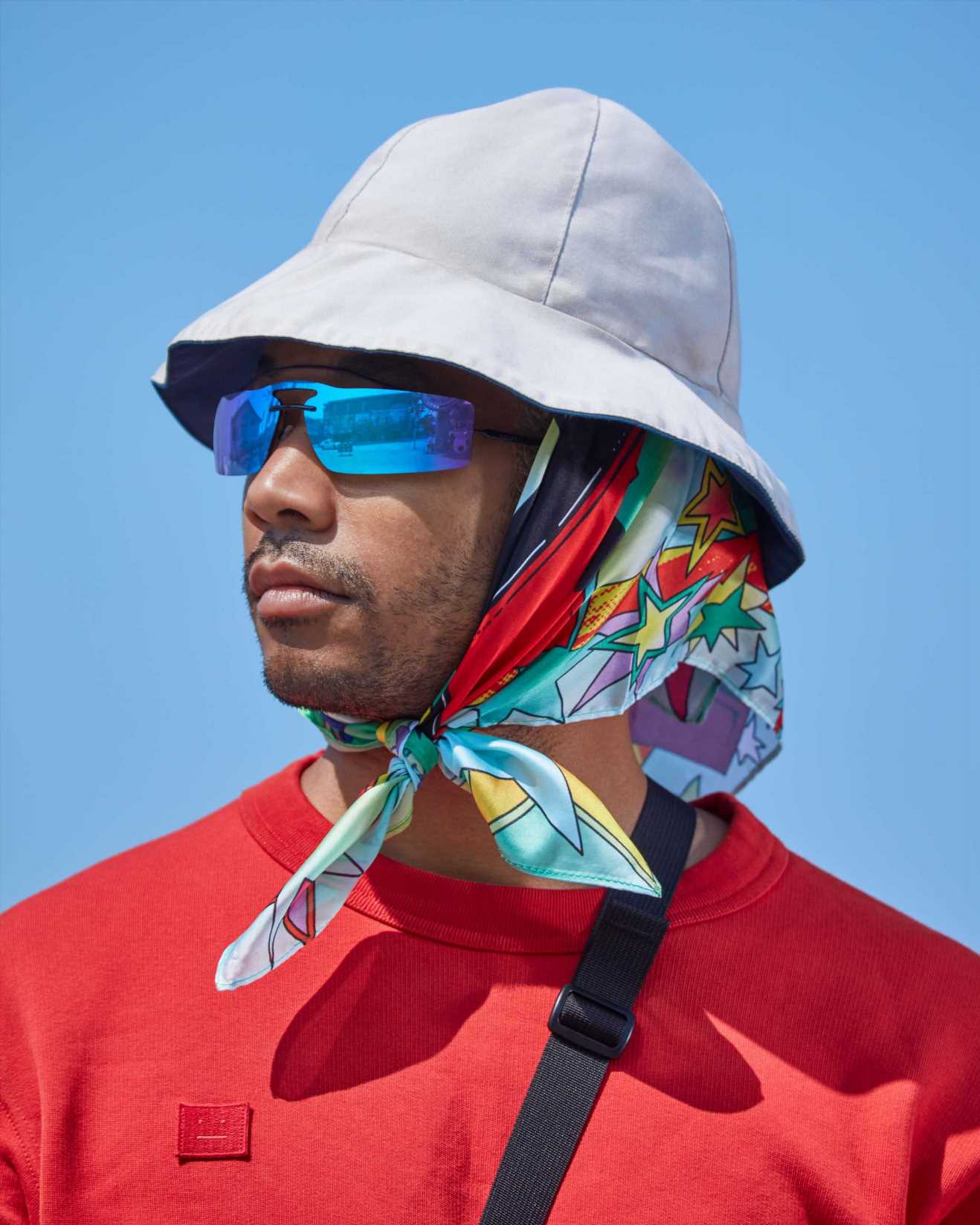‘We want to enhance experiences in the REAL world’: Snap co-founder Bobby Murphy claims augmented reality glasses will become the norm within a decade – and says Snapchat has NO plans to become a metaverse
- The metaverse is a set of virtual spaces where you can communicate with other people who aren’t in the same physical space as you
- Tech giants include Meta, Microsoft and Disney are all working on metaverses
- Speaking exclusively to MailOnline, Bobby Murphy, co-founder of Snap, explained the company is instead focused on ‘enhancing experiences in the real world’ through augmented reality
Since the rebranding of Facebook to Meta in October 2021, ‘metaverse’ has become one of the key buzzwords in the tech world.
But MailOnline can today reveal Snap will not join rival tech giants including Meta, Microsoft and Disney in creating a set of virtual spaces where you can game, work and communicate with other people who aren’t in the same physical space as you.
Speaking exclusively with MailOnline this week ahead of the Snap Partner Summit 2022, Bobby Murphy, co-founder and CTO at Snap, explained that the company is instead focused on ‘enhancing experiences in the real world’ through augmented reality (AR).
‘AR will enable a new generation of computing experiences. Rather than living in 2D screens, it will allow us to live out in the world and connect with the world around us,’ Mr Murphy told MailOnline.
While tech giants including Meta, Microsoft and Disney are all working on their own metaverses, it seems like Snap is not following suit
Speaking exclusively with MailOnline this week ahead of the Snap Partner Summit 2022, Bobby Murphy, co-founder and CTO at Snap, explained that the company is instead focused on ‘enhancing experiences in the real world’ through augmented reality (AR)
What is a metaverse?
The metaverse is a set of virtual spaces where you can communicate with other people who aren’t in the same physical space as you.
Facebook explained: ‘You’ll be able to hang out with friends, work, play, learn, shop, create and more. It’s not necessarily about spending more time online — it’s about making the time you do spend online more meaningful.’
While Facebook is leading the charge with the metaverse, it isn’t a single product one company can build alone.
‘Just like the internet, the metaverse exists whether Facebook is there or not,’ it added. ‘And it won’t be built overnight. Many of these products will only be fully realized in the next 10-15 years.’
Mr Murphy explained that while he was excited about the evolving technologies being worked on, Snap’s main focus is AR.
‘At a very high level, it is really exciting that more and more companies are investing in, and talking about the ways we can evolve technology,’ he said.
‘AR is very different to VR (virtual reality), and we believe the opportunity space in AR is many orders of magnitude larger.’
Virtual reality is a computer-generated simulation of an environment and immerses the user by making them feel like they are in the simulated reality through images and sounds.
In contrast, augmented reality layers computer-generated images on top of an existing reality, bringing digital components into the real world.
‘The whole potential of AR is about rendering experiences in physical space,’ Mr Murphy said.
‘When we build AR experiences that feel connected to the world as you see it, that’s when we see the most engaging experiences.’
Snap is probably best known for its Face Lenses but actually already has a huge range of AR experiences available.
These include 3D effects, World Lenses that bring objects to life around you, and Connected Lenses that allow multiple users to explore AR experiences together in real time.
Last year, Snap unveiled its next generation of Spectacles, which are its first to AR.
The Spectacles feature dual 3D waveguide displays and a 26.3° field of view, which realistically place Snap’s Lenses right before your eyes.
In their current iteration, the Spectacles are fairly chunky at 0.3lbs, and have just 30 minutes of charge.
‘The usability under current constraints means that you won’t necessarily have a device that’s lightweight and you can wear every day,’ Mr Murphy explained.
Instead of wearing the glasses all day, Mr Murphy suggests that people will use Snap’s AR glasses for specific activities.
‘We want to deliver a hardware device that allows for more and more people to use AR – albeit around specific events or specific activities,’ he said.
For example, AR glasses could allow runners to race against themselves from a previous run to improve their times, or let history buffs explore iconic landmarks and see how they’ve changed over time.
In terms of timeline, Mr Murphy suggests AR glasses will become the norm by 2032.
‘We’ve talked about a decade plus for timeframe,’ he added.
Snap launches a FLYING CAMERA
The flying camera, called Pixy, was unveiled at Snap’s Partner Summit today, and is described as a ‘free-flying sidekick that’s a fit for adventures big and small’
It’s best known for its social media app, Snapchat, but Snap has today launched a new piece of hardware – a flying camera.
The flying camera, called Pixy, was unveiled at Snap’s Partner Summit today, and is described as a ‘free-flying sidekick that’s a fit for adventures big and small.’
Pixy does not require a controller or any set-up, and instead operates on its own, snapping selfies for you before landing in your palm.
With a price tag of $229.99, Pixy is designed to be a companion to Snapchat, with videos filmed wirelessly transferring and saving into the Snapchat app.
Evan Spiegel, co-founder and CEO of Snap, said: ‘Everything you need to capture the spontaneity and fun of the moment from new perspectives is right in the palm of your hand. With the simple tap of a button, Pixy takes flight and joins you on your journey.’
Source: Read Full Article





